Western Music History – 3 –
The history of Western music is explained.
This blog explains Baroque.
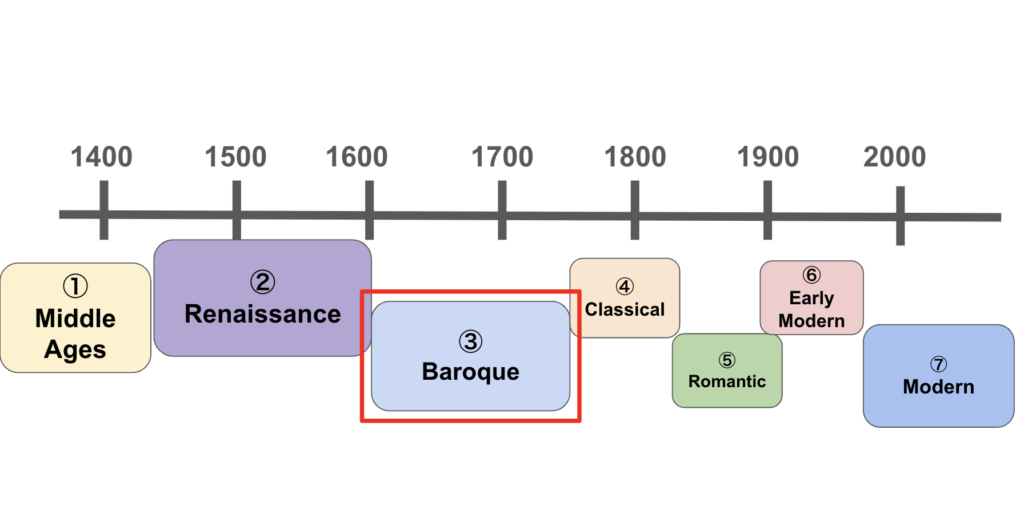
- Middle Ages
- Renaissance
- Baroque
- Classical
- Romance
- Early Modern
- Modern
Baroque Era

Explaining the music of the Renaissance era, when repressed individuality exploded, to the Baroque era, when a luxurious absolute monarchy and Protestant churches diverged.
Rational thought born of the Reformation
Although the ruling power weakened, the influence of Christianity, which had entered into people’s lives, was still great, and the corruption of the Roman Catholic Church made people dissatisfied. This situation led to reforms within the church, and Protestant churches were founded, breaking away from the Catholic Church.
There were criticisms against the Pope, who said, “It is God who we believe in, not the Pope or the clergy.”
Martin Luther of Germany tried to change the excessive performance of Catholic worship music and the unjustified expense of huge pipe organs. Luther’s “normative principle of worship” philosophy records that “if the Bible does not forbid it, it is not illegal but legal.
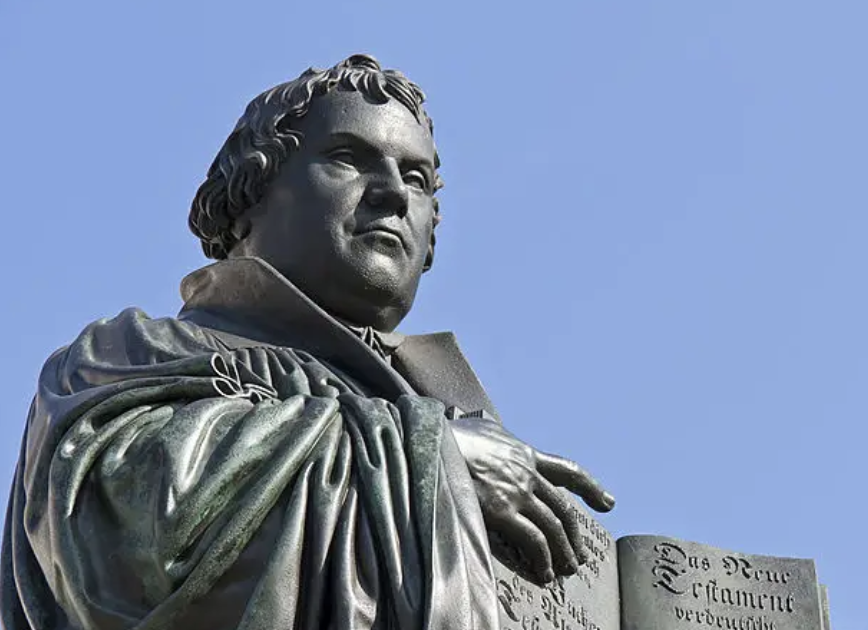
Many agreed with Luther, and the Protestant Church was born, but the Roman Catholic Church was not silent. To regain their authority, they accelerated the sanctification of cathedrals and installed many huge religious paintings, statues, and stained-glass windows. And for religious music, they hired excellent musicians and introduced a huge pipe organ. They tried to show the authority and power of the Roman Catholic Church through sight and sound.
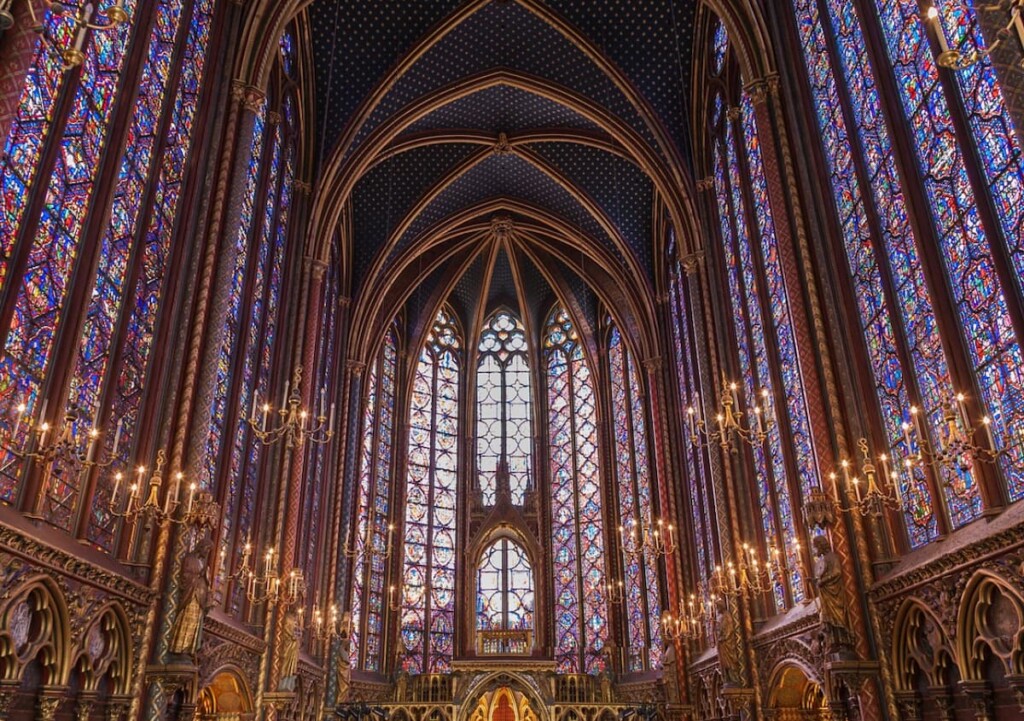
The break from religious rule, which had continued since the Middle Ages, transformed worldviews.
Absolute monarchy, concentration of wealth and opera
France, the political and cultural center of Europe, began absolute monarchy. Absolute monarchy was based on the absolute power of the king, and this system of rule concentrated wealth in the hands of princes and nobles.
Protected by the absolute monarchy, the royalty and aristocracy squandered their wealth to build huge palaces, such as the Palace of Versailles, built by Louis XIV of France in 1682.

Upper class society demanded excessive luxury, and art and music were also used as symbols of wealth.
Opera attracted people regardless of class, but it was also used for political purposes.

Opera originated in Italy, but was also performed in France and Germany during the same period. The themes favored in each country are also distinctive.
For example, passionate arias were performed in Italy, court dances, gorgeous costumes and stage sets were performed in France, and mythological and historical themes were performed in Germany, depending on the country.
In order to enjoy the cultural characteristics, royalty, aristocrats, and the wealthy traveled across the European continent to the opera halls.

Opera’s was used as a venue for international social gatherings in every era. In both the Classical and Romantic eras, it was a venue for the transmission of trends that reflected the social mores and morals of each era.
During the Baroque era, operas took up themes such as “flaunting the king’s authority under absolute monarchy to gain the support of the people.
Oratorio, which removes drama and art from opera, is used as religious music to produce symbols of Christian divine faith.
Music dominated by absolute monarchy and Christianity
Unlike the Renaissance era, when the balance of beauty was pursued, in the Baroque era, the preferences of some powerful people were greatly reflected in the growth of music.
Prominent Baroque musicians include Handel, Vivaldi, and Bach. Bach, though famous, stayed in eastern Germany all his life and was an unknown musician until discovered by Mendelssohn during the Romantic era.

The Protestant churches held simple worship services in contrast to the lavish Catholic churches. Since most musical work was done in the Catholic cultural sphere, many musicians concentrated in Italy and France.
Handel was a Catholic, and Bach was a Protestant.
Handel, who was successful in the aristocratic world of opera, and Bach, who devoted his life to religious oratorios, had different musical tastes.
Unlike “polyphonic music” consisting of multiple independent main melodies, which was widely used until the Renaissance, “homophonic music” consisting of main melody and harmony became the mainstream in Baroque music. The fixed performance format consisted of the concept of “main melody,” “harmony,” and “bass instruments” such as the violin and flute, “harmonic instruments” such as the harpsichord and lute, and “bass instruments” such as the double bass.
Bach went against this homophonic music of the Baroque era. He expressed the major and minor keys and complex modulations of polyphonic music that cannot be expressed in homophonic music. Bach’s works, which encompass a myriad of harmonic combinations of the four or five independent principal melodies of polyphonic music, were unearthed by Mendelssohn and greatly appreciated after the Romantic era.

Luther influenced the fact that Bach’s oratorios were composed in his native German, not Latin.
Birth of the Music Box

The Baroque era produced many musical instruments, and the focus shifted from vocal music to instrumental music.
The musical styles of “melody,” “harmony,” and “basso continuo” were established. Violins and flutes were used for melody, cembalos, pianofortes, pipe organs, and lutes for harmony, and cellos, contrabasses, and bassoons for bass instruments were born.

Musicians and instrument makers created musical instruments by trial and error to satisfy the demands of sponsors such as aristocrats and churches. Music boxes were also desired during this period.
The prototype of the music box was developed by a Swiss watchmaker. Instead of a carillon bell, a tuned piece of metal was played with a pin. This was replaced by a spring and miniaturized into the cylinder music box of today.
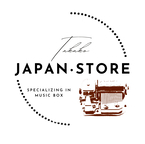
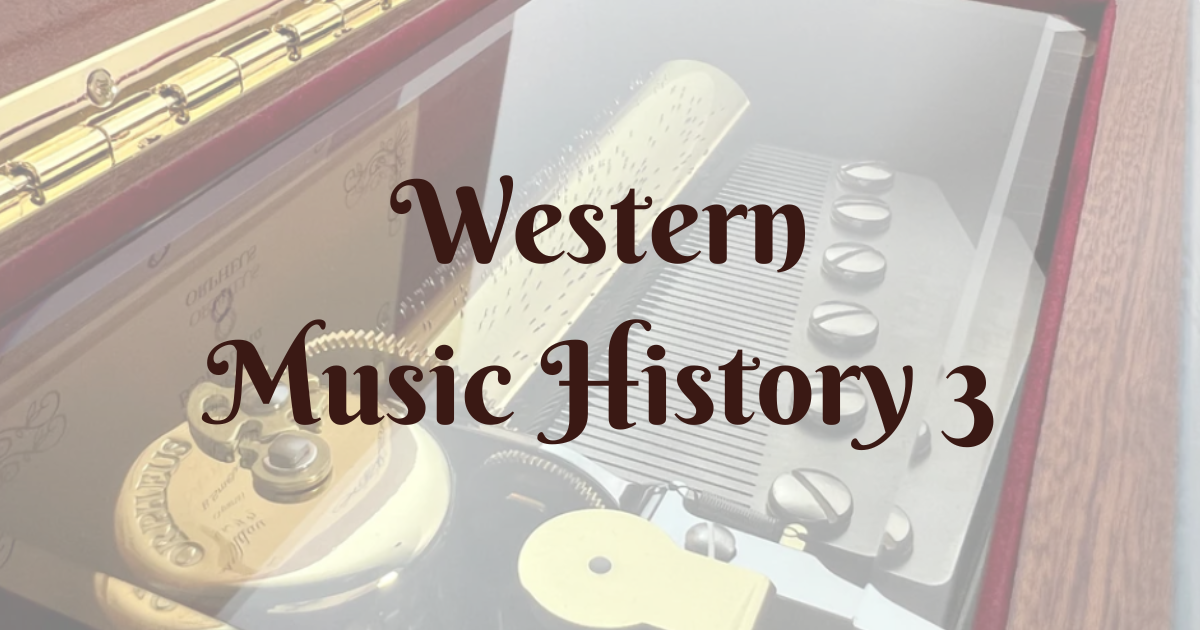
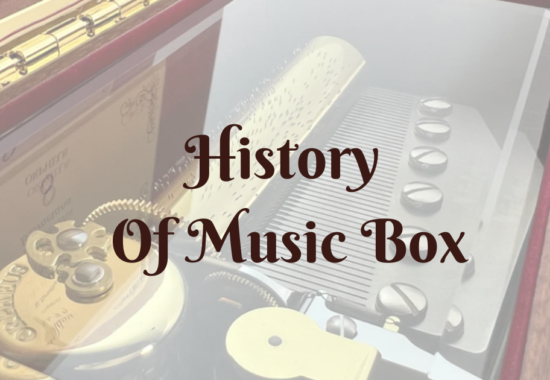

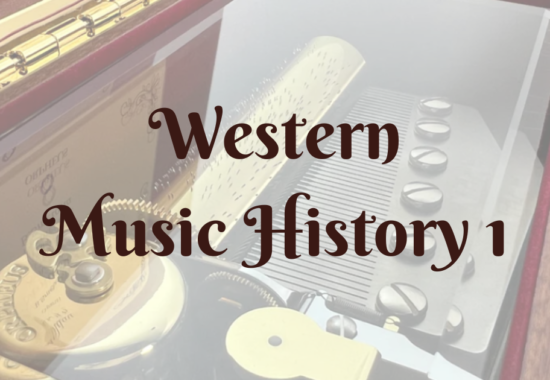
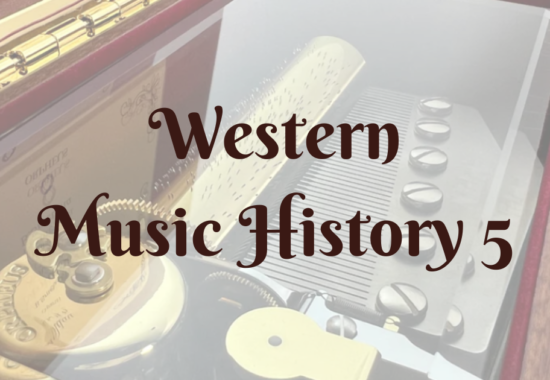
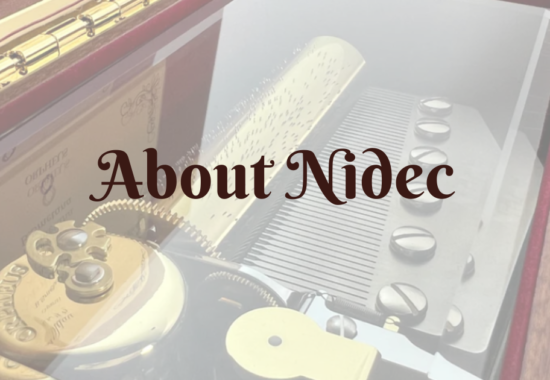
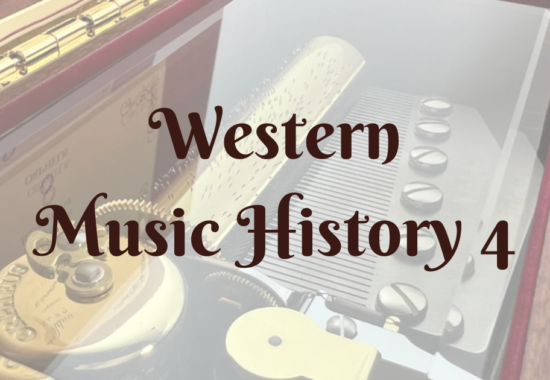
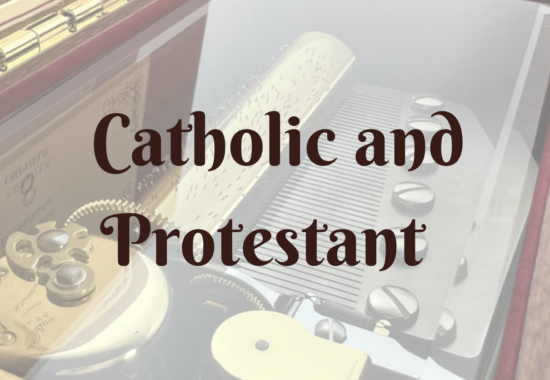
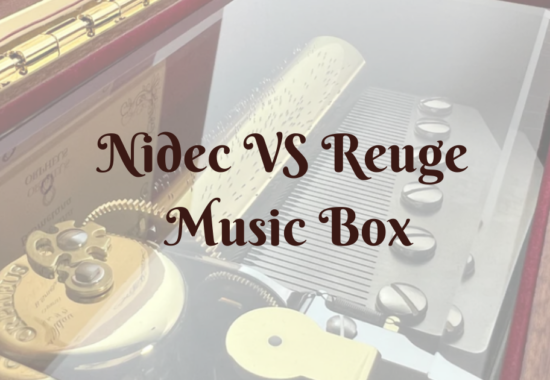
この記事へのコメントはありません。